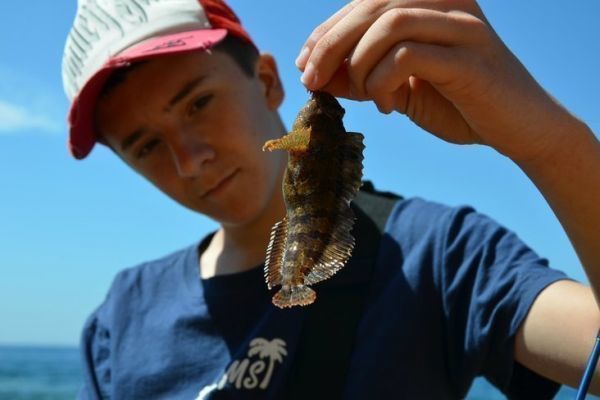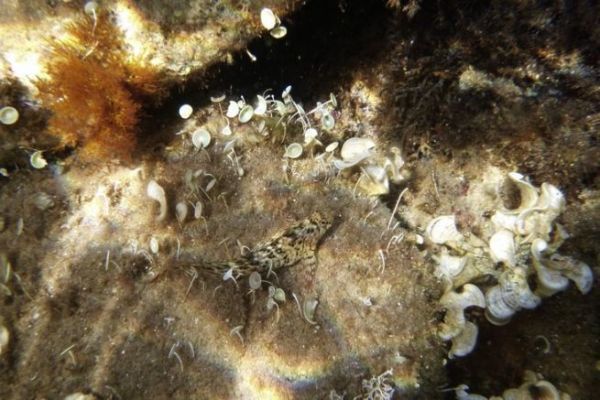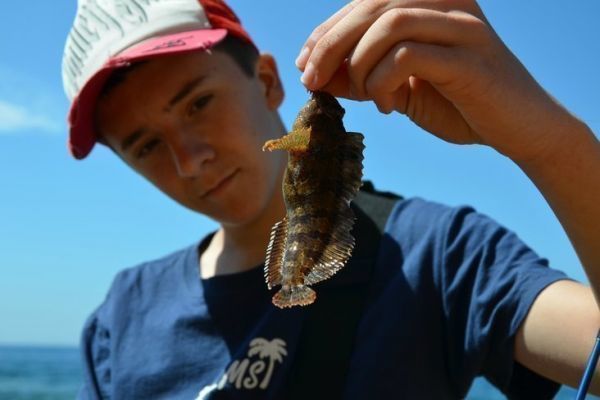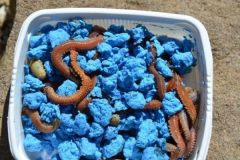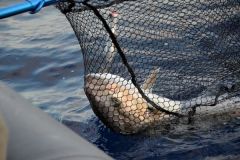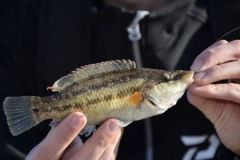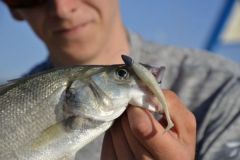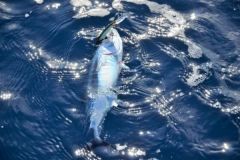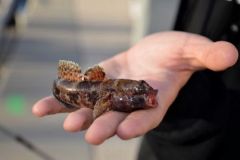Introducing the gattorugine blennie
The gattorugine blenny, whose scientific name is Parablennius gattorugine, is also known as cabot, baveuse, blennie rayée or perce-pierre, depending on the area. A member of the Blenniidae family, the gattorugine blenny can reach 30 cm in length and live up to 10 years. It can be distinguished from other blenny species by its red eyes and dark vertical bars (6 to 8) along its body. It also has two small tentacles above its eyes. Its skin is covered with mucus and its color tends towards brown.
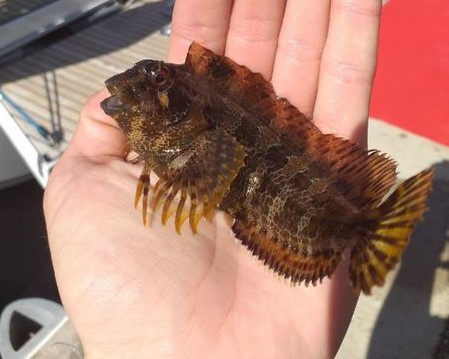
Habitat and behavior
The gattorugine blenny is found on all French coasts (Atlantic, North Sea, Channel and Mediterranean). It is most common on the Mediterranean coast. It is mainly found on rocky bottoms, and even in or near harbors. It likes to hide in seaweed, on the lookout for the slightest prey. An omnivorous fish, the gattorugine blenny feeds mainly on small invertebrates, crustaceans and mollusks.
The blennie gattorugine, or pochard, is a territorial fish that fiercely defends its territory. It can even be aggressive, especially during the breeding season, and doesn't hesitate to attack larger fish.
Reproduction
An ovuliparous species, the male builds a nest where the female lays her eggs. The nest is often found at the bottom of a crevice. In harbor areas, a bottle abandoned on the seabed can serve as a nesting hole. Breeding takes place in spring, and the male will aggressively defend the nest and his offspring. He will also take care of the nesting site.
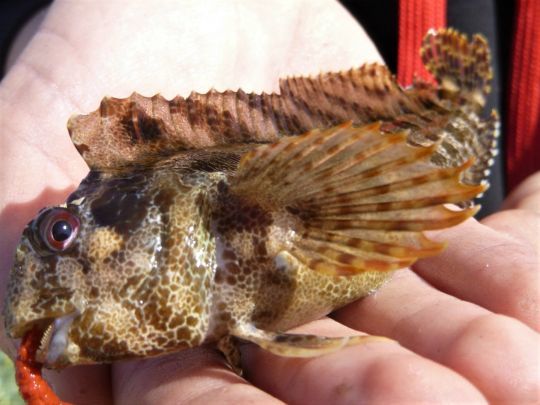
Fishing for gattorugine blennies
The gattorugine blenny, like most blenny species, is most often caught using the rockfishing technique. It is fished in shallow waters, using small soft lures or worms rigged on a lead head. A few animations near the bottom are enough to whet the curiosity of the gattorugine blennie.
It can also be fished with bait (worms, pieces of shellfish), on rocky bottoms or near harbors.
Note that the gattorugine blennie is a wary fish, but will not hesitate to bite anything within its reach once out of the water.
